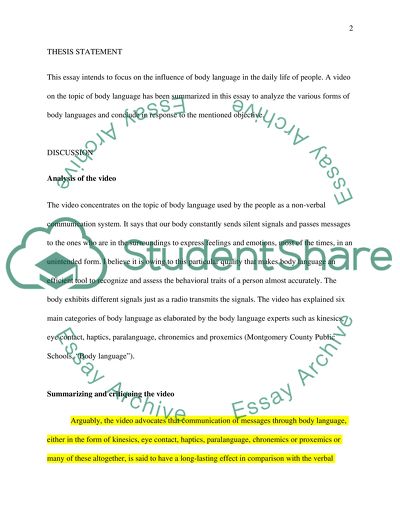Cite this document
(“Body language Movie Review Example | Topics and Well Written Essays - 1750 words”, n.d.)
Body language Movie Review Example | Topics and Well Written Essays - 1750 words. Retrieved from https://studentshare.org/anthropology/1493907-body-language
Body language Movie Review Example | Topics and Well Written Essays - 1750 words. Retrieved from https://studentshare.org/anthropology/1493907-body-language
(Body Language Movie Review Example | Topics and Well Written Essays - 1750 Words)
Body Language Movie Review Example | Topics and Well Written Essays - 1750 Words. https://studentshare.org/anthropology/1493907-body-language.
Body Language Movie Review Example | Topics and Well Written Essays - 1750 Words. https://studentshare.org/anthropology/1493907-body-language.
“Body Language Movie Review Example | Topics and Well Written Essays - 1750 Words”, n.d. https://studentshare.org/anthropology/1493907-body-language.


